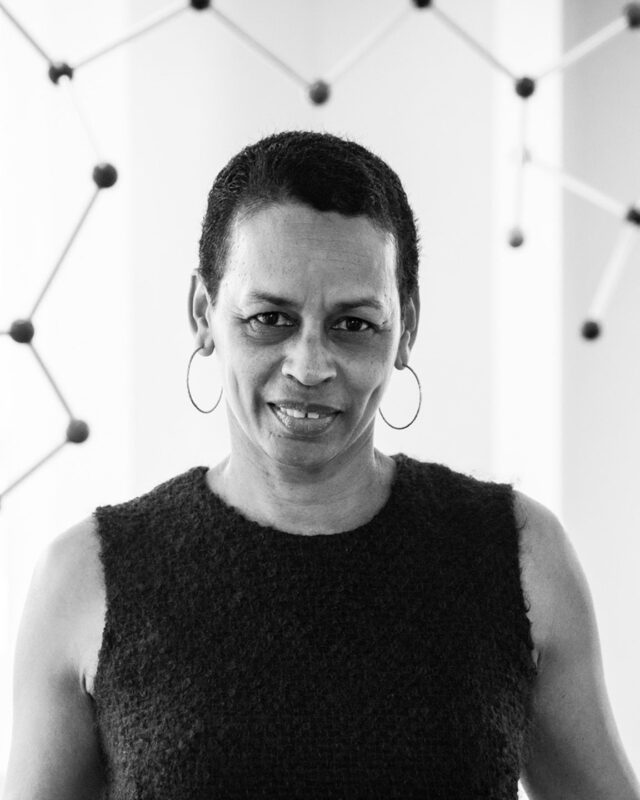

Kurt Zilm completed his Ph.D. in Chemistry at the University of Utah in 1981. Now Chair of the Department of Chemistry at Yale, Zilm’s research involves development of new NMR methods and their application to important problems in chemistry and materials science. Recent interests include the use of site specific solid state NMR relaxation measurements to characterize protein backbone motions and to measure difficult to access long range distance constraints. Zilm is also studying the dynamics of water in proteins and other materials where nanoscopic confinement effects depress the freezing point by over 60 K.

Michelle Williams received her Ph.D. from the University of Utah and began her career with Rohm and Haas Company as a Research Scientist in 1987. During her career with Rohm and Haas Company and Dow Chemical, Michelle also held manufacturing, sales, marketing, strategy, and general management positions. She was General Manager with CMP Technologies and later General Manager with Adhesives and Sealants. Michelle joined Arkema in 2011 and was named Global Group President of Arkema’s Hydrogen Peroxide business unit. Just this past February, Michelle joined the Brady Corporation’s Board of Directors, a global leader in safety and identification solutions.

Bill Jack received his Ph.D. at Duke University after completing his BA in Chemistry at the University of Utah in 1977. He is now a Senior Scientist at New England Biolabs, which is a recognized world leader in scientific innovation and environmental sustainability and has been awarded as one of the most admired workplaces in the region. Bill’s lab focuses on DNA polymerases, more particularly on the ability to incorporate modified nucleotides, including chain terminators. This focus is expanding to include polymerase activity on modified DNA templates, for example, those of modified phage genomes.
32% of the Chemistry Department’s faculty are women, making the University of Utah’s Chemistry Department is one of the leading handful of universities in the nation when it comes to gender equality. Currently, only 25% of the U.S. Senate is female; 23.2% of the House of Representatives; 6.6% of Fortune 500 CEOs; and barely a quarter of all senior executives at large U.S. public companies. So how exactly does the department achieve this higher percentage of women in leadership roles in a state that is continuously ranked as dead last in the country for the equality of women? There’s no better person to ask than Professor Cynthia J. Burrows, who has been in the Department for 25 years, and just last year finished up six years of service as chair of the department.
In 1983, a decade after the Equal Rights Amendment failed to pass in Congress in 1972, Cynthia J. Burrows received a letter in the mail. It was an offer for a faculty position at Stony Brook University. As a woman in chemistry, this would have been significant news, as only half of the country’s chemistry departments had just one woman on their faculty. During Burrows’ twelve years at Stony Brook, she would marry (Scott L. Anderson, who was also a faculty member), have triplets, and find herself with her family back in the west, closer to extended family and the mountain west she had grown up in. Both she and Anderson were hired to join the chemistry faculty at the University of Utah, where they have enjoyed the work-life balance that the mountains and cultural opportunities of Salt Lake City have to offer.
Burrows was the second woman to join the faculty and soon became the only woman when Janet Grissom left to pursue a medical career. Within two years, Sheila David was hired, along with her husband, Peter Beal, which doubled the number of women on the faculty to two. Burrows emphasizes that the department has always seen hiring couples as a two-body opportunity rather than a two-body problem. Family has long been a central value for the department of chemistry.
In the early 2000s, then-Chair Peter Armentrout instituted parental leave for all graduate students. There were not many departments offering this at the time, and this was yet another step in setting the tone to create a family-friendly atmosphere within the department. There have long been efforts to create a healthy work-life balance for everyone within the department and to encourage outdoor recreation and cultural opportunities that are so accessible in Salt Lake City. Not only is there a family-friendly tone within the department, but there is also a work-hard, play-hard mentality that is supportive and encouraging.
About a decade ago, a few of the women faculty and women from the Salt Lake community created the Curie Club to support women in chemistry with Burrows as the faculty liaison to co-Chairs Cynthia Conner and Kathy Thatcher. To further emphasize the value of women in chemistry, the Curie Club Common Room was created in the Thatcher Building as a visual and physical space that continues to be a daily reminder for all in the department that women are supported and appreciated here. Students gather here to study and collaborate.
From lectures and teas to workshops, the Curie Club continues to grow and expand with a new generation of graduate student leaders. The club is open to all who want to participate in and create safe and supportive spaces for individuals of any background. They are working within the department and beginning to reach out to alumni who would like to get involved to continue a lifelong legacy of inclusion and peer mentorship.
The tone of the department has long been one of inclusivity, education and research excellence, mentorship, and goodwill. There is always work to be done and improvements to be made, and this department approaches them eagerly and willingly. With the tone set, the department works hard to create an environment that welcomes the many and diverse perspectives that are the heartbeat of innovative research and learning.
Gina Frey and Jessica Swanson both joined the faculty in 2020.
Professor Gina Frey, Ronald and Eileen Ragsdale Professor of Chemical Education
